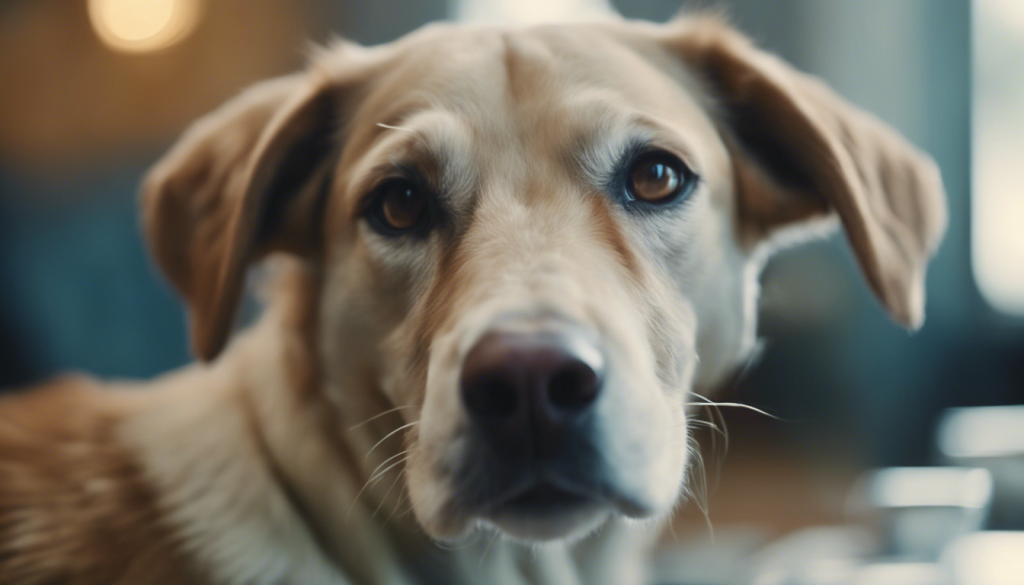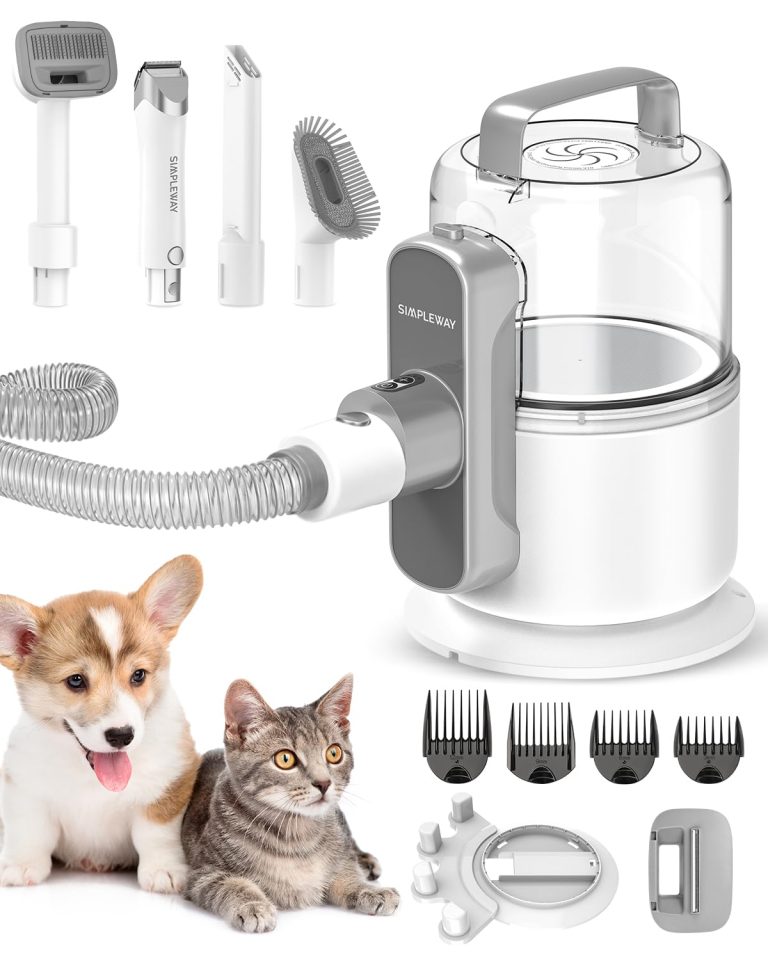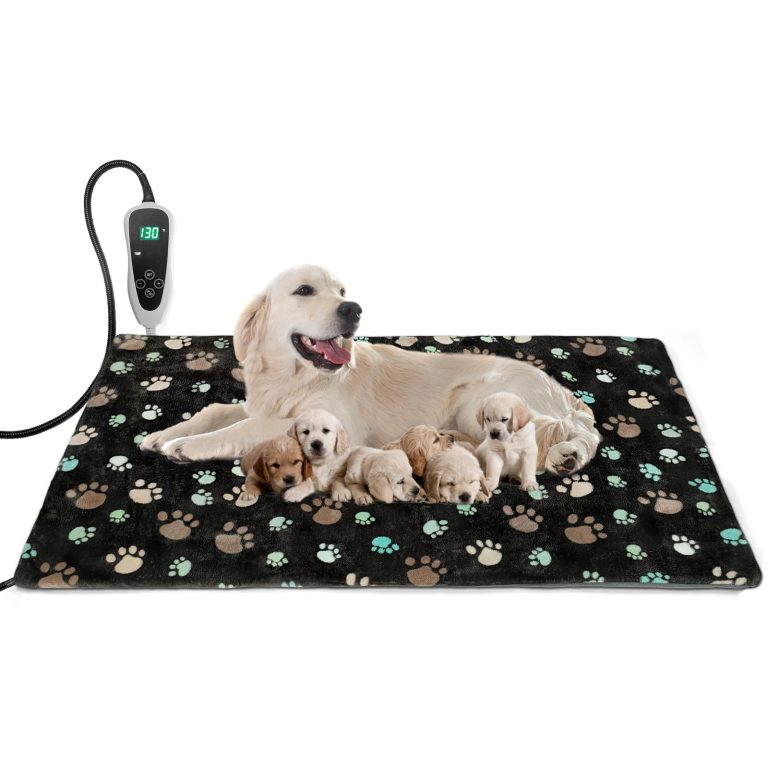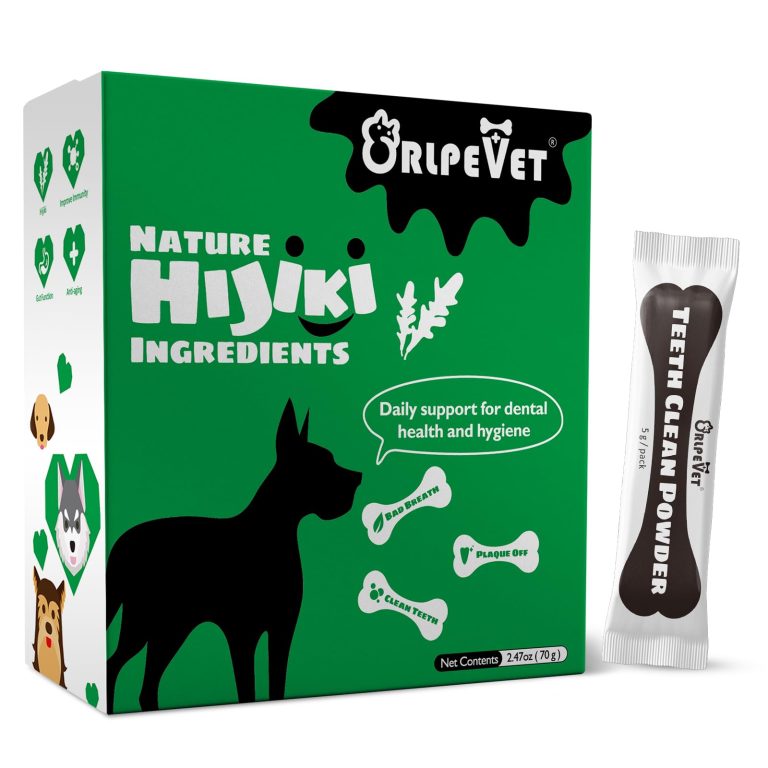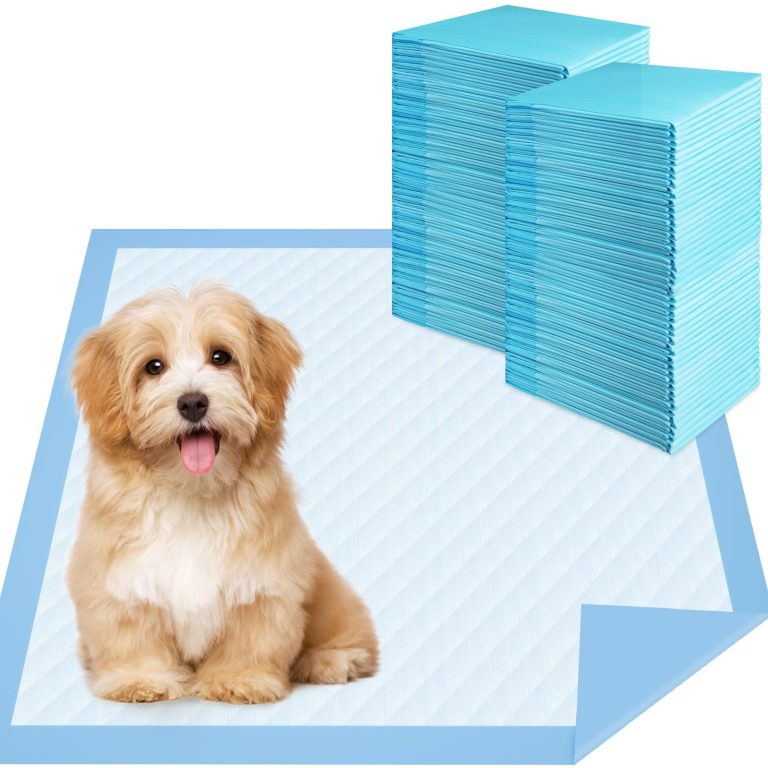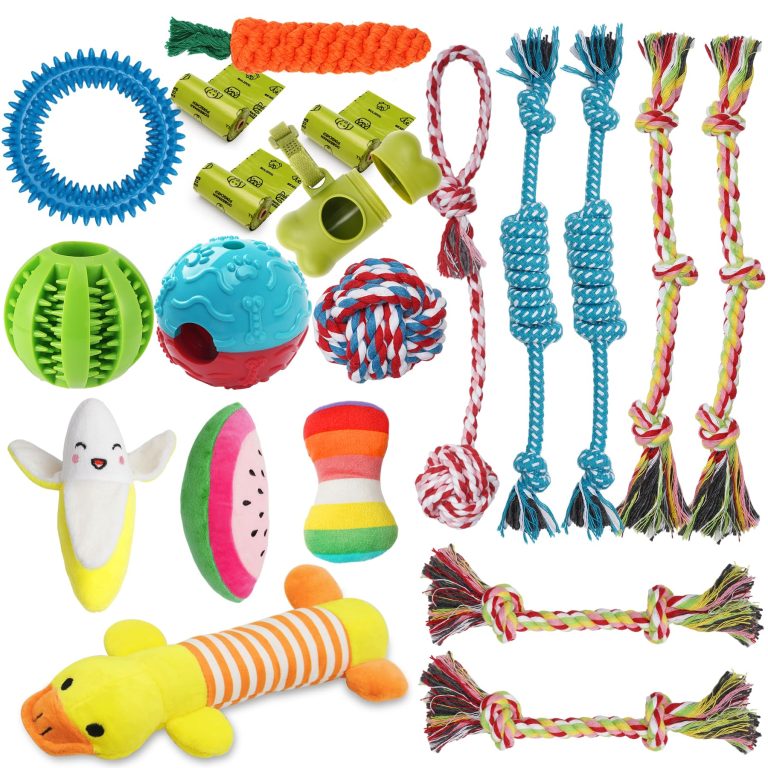Greyhound
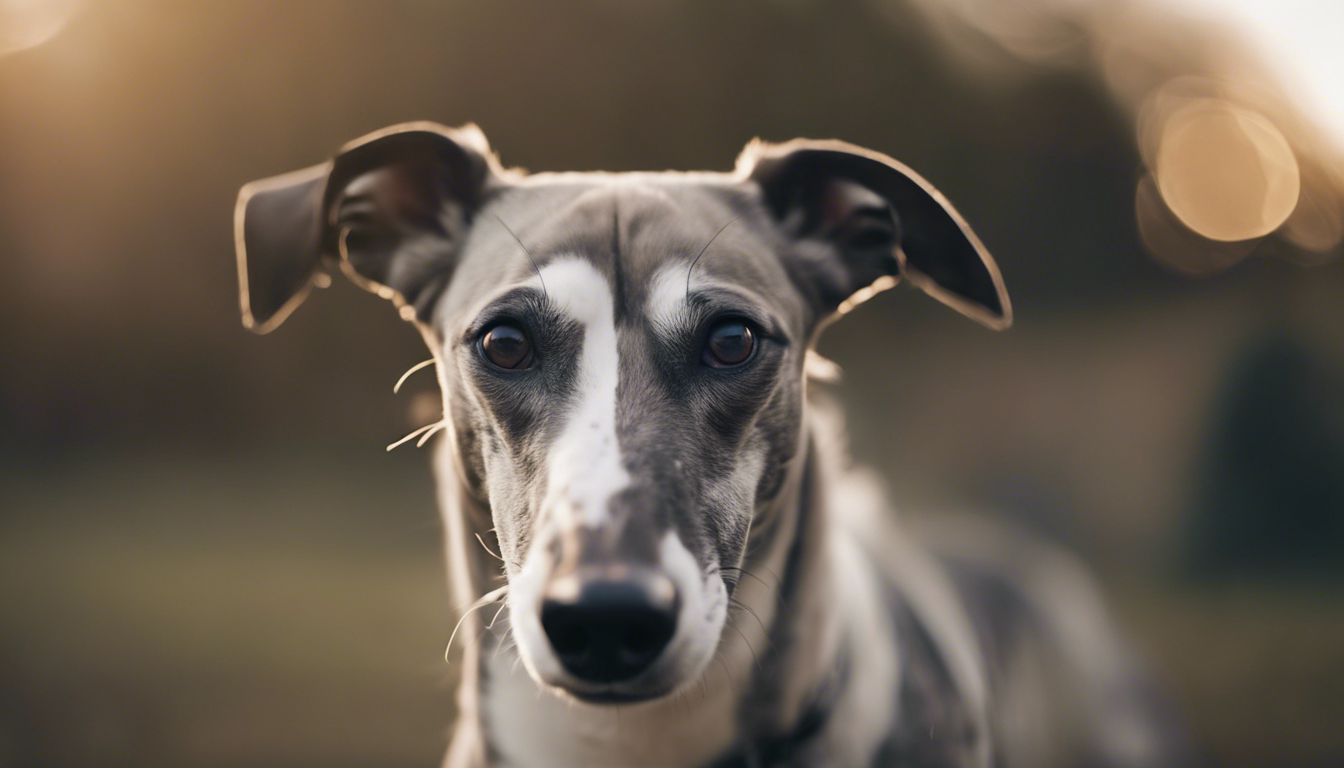
Greyhounds are elegant and athletic dogs known for their speed and grace. They are one of the oldest dog breeds, with origins that date back over 4,000 years. Originally bred for hunting and coursing, Greyhounds have become popular companions and show dogs due to their gentle nature and unique characteristics.
Breed-Specific Traits
Greyhounds have a distinctive appearance characterized by their slender build, deep chest, and long legs. They possess a muscular yet graceful physique that allows them to reach incredible speeds, often exceeding 40 miles per hour. Their large, almond-shaped eyes are typically dark in color and radiate intelligence.
Strengths
Greyhounds are exceptional athletes and possess incredible stamina. Their speed allows them to chase prey efficiently, making them outstanding hunters. They are also known for their gentle and affectionate nature, forming strong bonds with their families. Greyhounds are excellent with children and can coexist peacefully with other pets, including cats, due to their low prey drive.
Weaknesses
Despite their strengths, Greyhounds also have some weaknesses. They have thin skin and a lack of body fat, making them more susceptible to cuts, scrapes, and extreme weather conditions. Greyhounds also have a sensitive temperament and may not respond well to harsh training methods or rough handling. Additionally, due to their hunting instincts, they might be prone to chasing small animals if not properly trained or supervised.
Temperament
Greyhounds are generally loving and calm, making them excellent pets for people or families of all sizes. They have a moderately low energy level, often described as “couch potatoes” who enjoy lounging around the house for extended periods. However, they also possess bursts of incredible speed and require ample exercise to keep them physically and mentally stimulated.
Exercise Needs
While Greyhounds are known for their racing abilities, they don’t require as much exercise as one might expect. A couple of short, brisk walks per day will usually suffice, in addition to a chance to stretch their legs in a safely enclosed area. It’s important to note that Greyhounds are not well-suited for long-distance running due to their sprinter’s build.
Health Issues
Greyhounds are generally a healthy breed, but there are a few health issues that are more prevalent in this breed. One common issue is bloat, also known as gastric dilatation-volvulus, which can be life-threatening if not promptly addressed. Greyhounds may also be prone to certain heart conditions, such as dilated cardiomyopathy. Regular veterinary check-ups and a proper diet can help prevent or manage these potential health concerns.
Grooming Requirements
Greyhounds have a short, sleek coat that requires minimal grooming. Brushing once a week with a soft-bristled brush will help keep their coat in good condition and remove any loose hair. Regular teeth brushing, ear cleaning, and nail trimming should also be part of their grooming routine. It is worth noting that Greyhounds often have thin skin, so care should be taken when handling or grooming them to avoid injury.
Dietary Recommendations
Providing a well-balanced and appropriate diet is important for the health and well-being of Greyhounds. Due to their lean physique, they may have higher metabolisms than other dog breeds. A diet rich in high-quality animal protein is recommended, with sufficient fat content to maintain their energy levels. Consultation with a veterinarian to determine the appropriate portion sizes and specific dietary requirements for your Greyhound is essential.
In summary
Greyhounds are special dogs with unique traits and needs. They are loving, gentle, and make excellent companions for people and families alike. While they have specific exercise requirements and potential health concerns, proper care, attention, and a well-balanced diet can help maintain their overall health and well-being.

